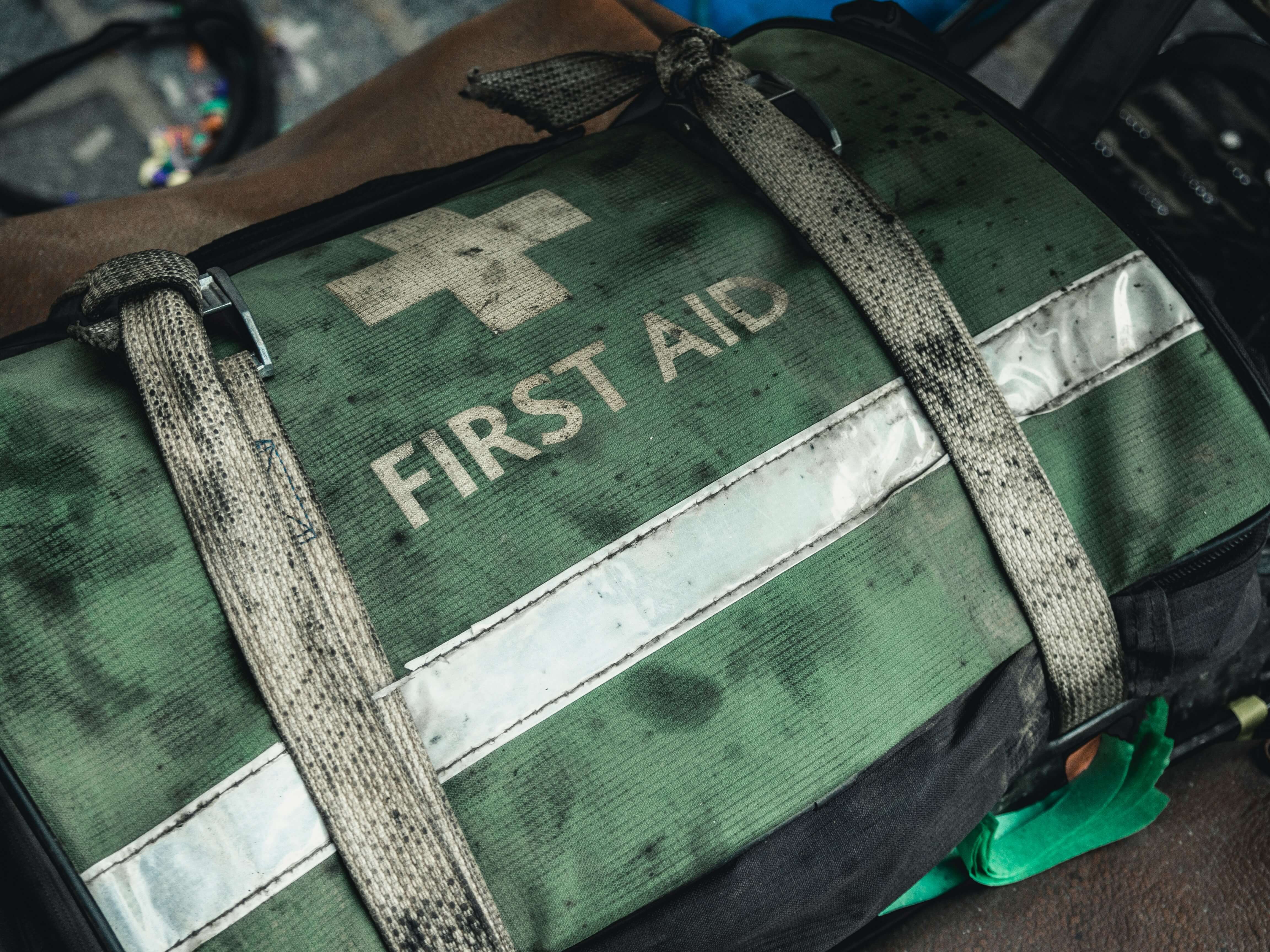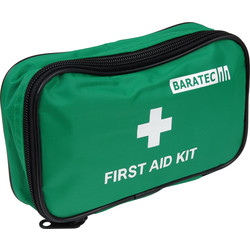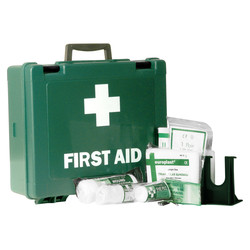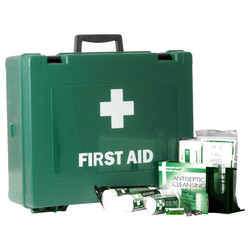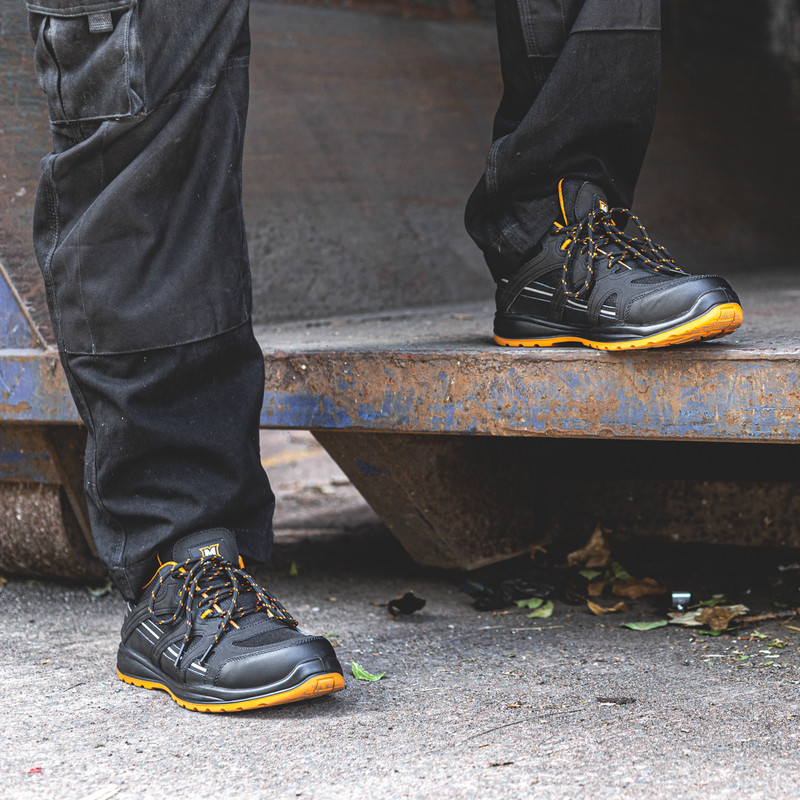Whether it’s on a construction site, in a factory, office or the home, a first aid kit provides the necessary items to address minor injuries like scrapes, cuts and burns. But what should be in your first aid kit?
In this guide, we’ll look at the different items found in most standard first kits. But before that, let’s look at why certain environments may need to have different products on hand to address different types of accidents and injuries.
First Aid Kits For Different Workplaces
Before we jump to the most common items, it’s important to note that contents of a first aid kit can differ depending on the environment and potential risks associated with a specific location. It’s common practice for a risk assessment to be carried out within the workplace which helps to determine the most appropriate contents.
Workers on construction sites, or in factory settings, typically face a greater risk of accidents and injuries than office workers. This is often due to their involvement with heavy machinery or the physically demanding nature of their work. This means a first aid kit is likely to be stocked with items that can deal with more serious injuries.
With that in mind, as well as the usual first aid kit, which can be identified by its green box and white cross, some workplaces may also have a burns kit for such environments where welding is carried out, or chemicals are stored. Additional products could also include things like an eye wash station to help flush debris or chemicals out of the eyes.
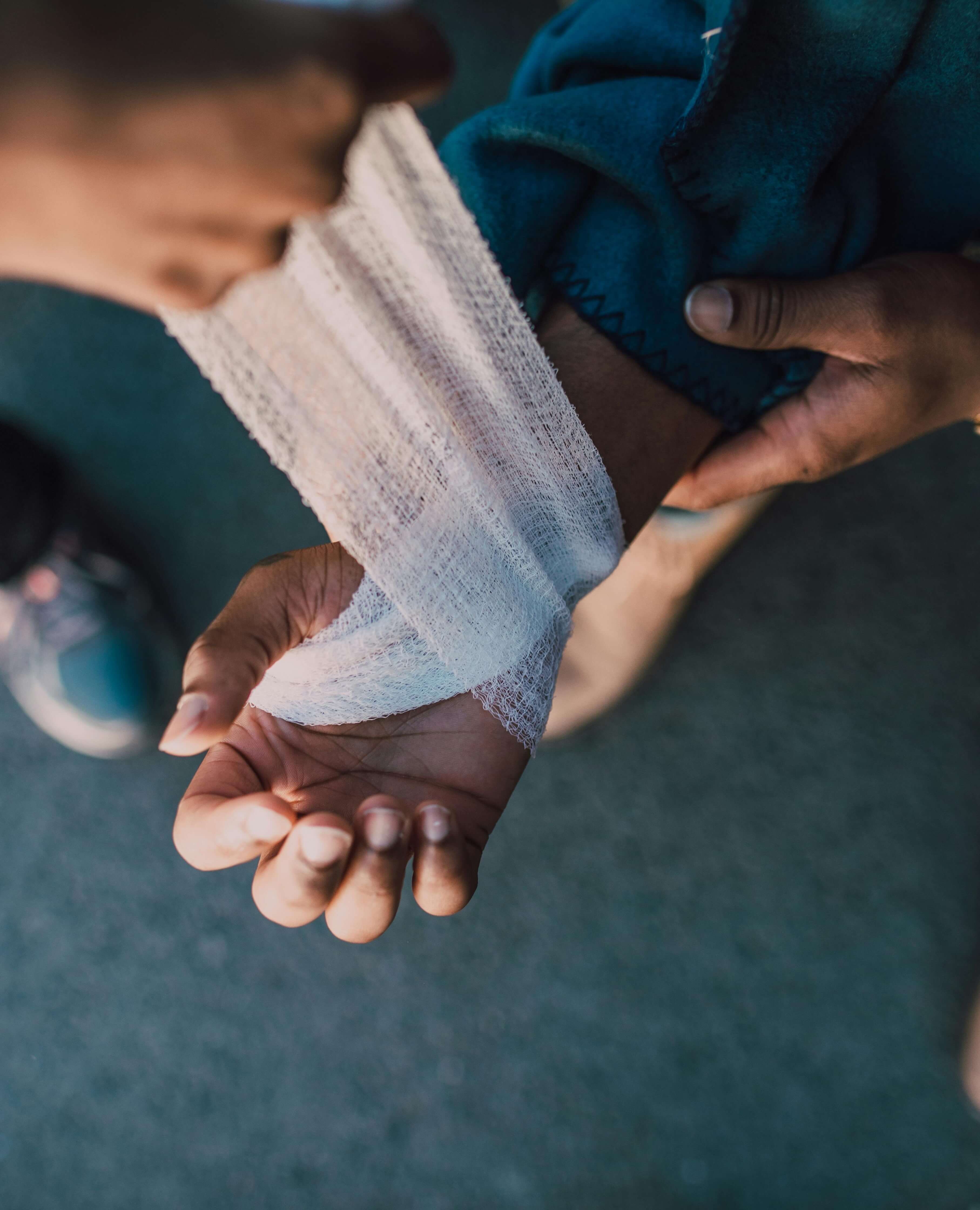
The Most Common Items In A First Aid Kit
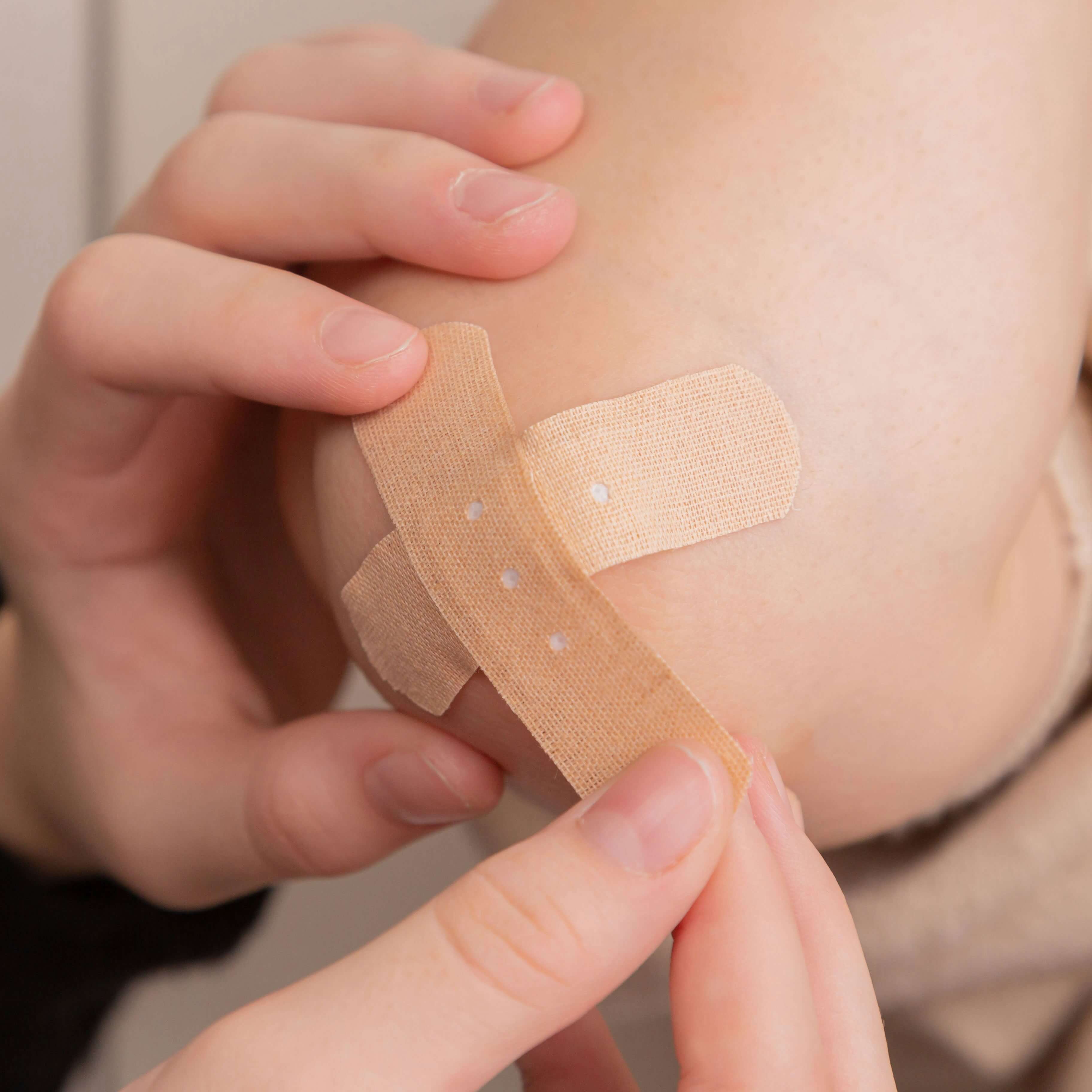
Plasters
Plasters come in a range of shapes and sizes to dress so include a variety of sizes (small, medium, large) and shapes (square, oval, or rectangular). There are also options made from breathable materials like fabric or hydrocolloid, which may help to reduce scarring and speed up healing. For those with sensitive skin, hypoallergenic plasters would be best.
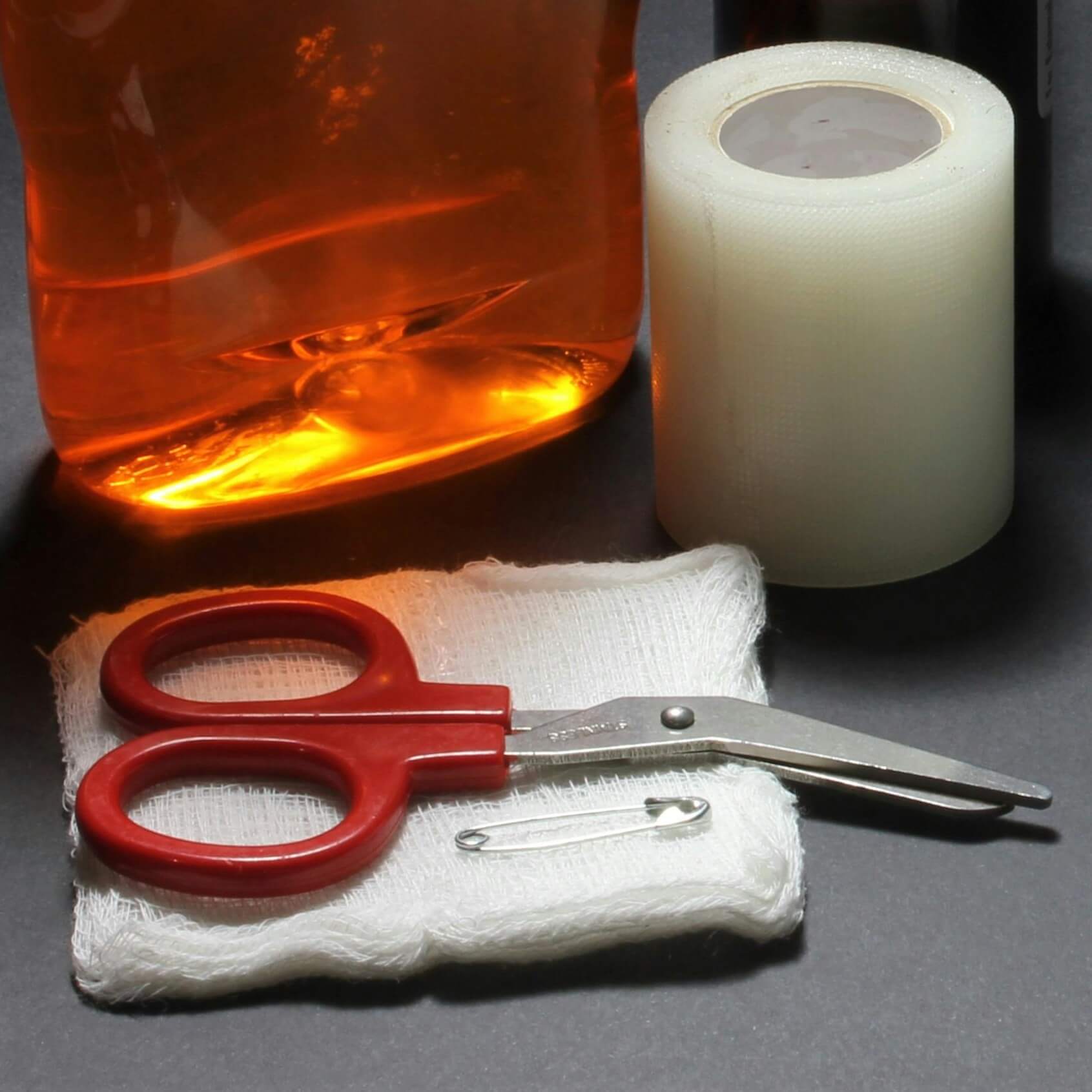
Wound Dressing
Wound dressing is a sterile and absorbent type of pad, usually for larger cuts or grazes when a plaster may not suffice. Some types feature a non-stick layer that won’t adhere to the wound while it’s healing. Available in different materials and sizes, they’re placed directly onto a wound and secured in place with either bandages or adhesive tape.
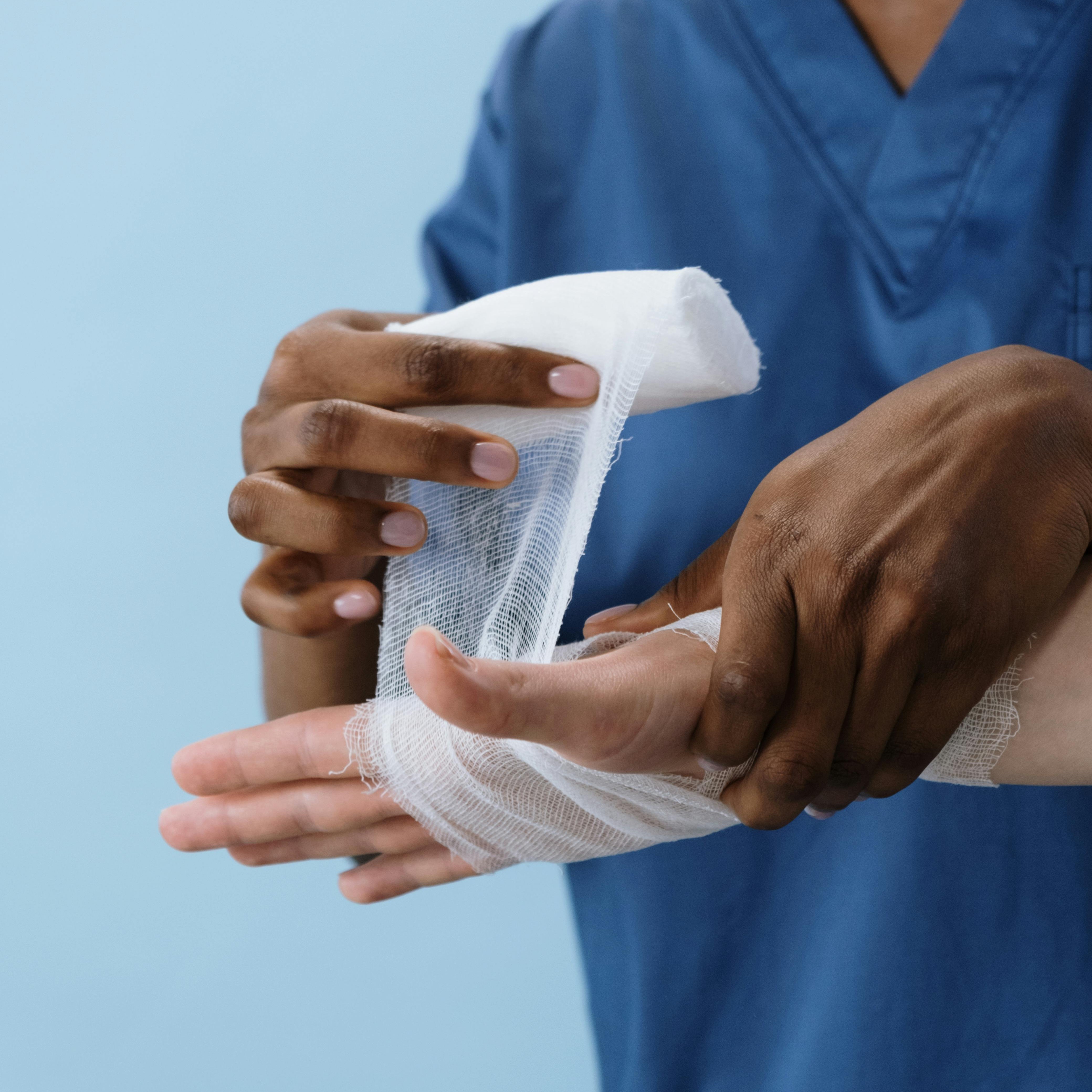
Bandages
Bandages are used to hold wound dressings in place and can also provide support to injured limbs and joints. The different styles allow you to use them for different injuries. For example, rolled bandages are easy to apply and can secure things like gauze in place, whereas something like a triangular bandage can form a sling in the event of an arm injury.
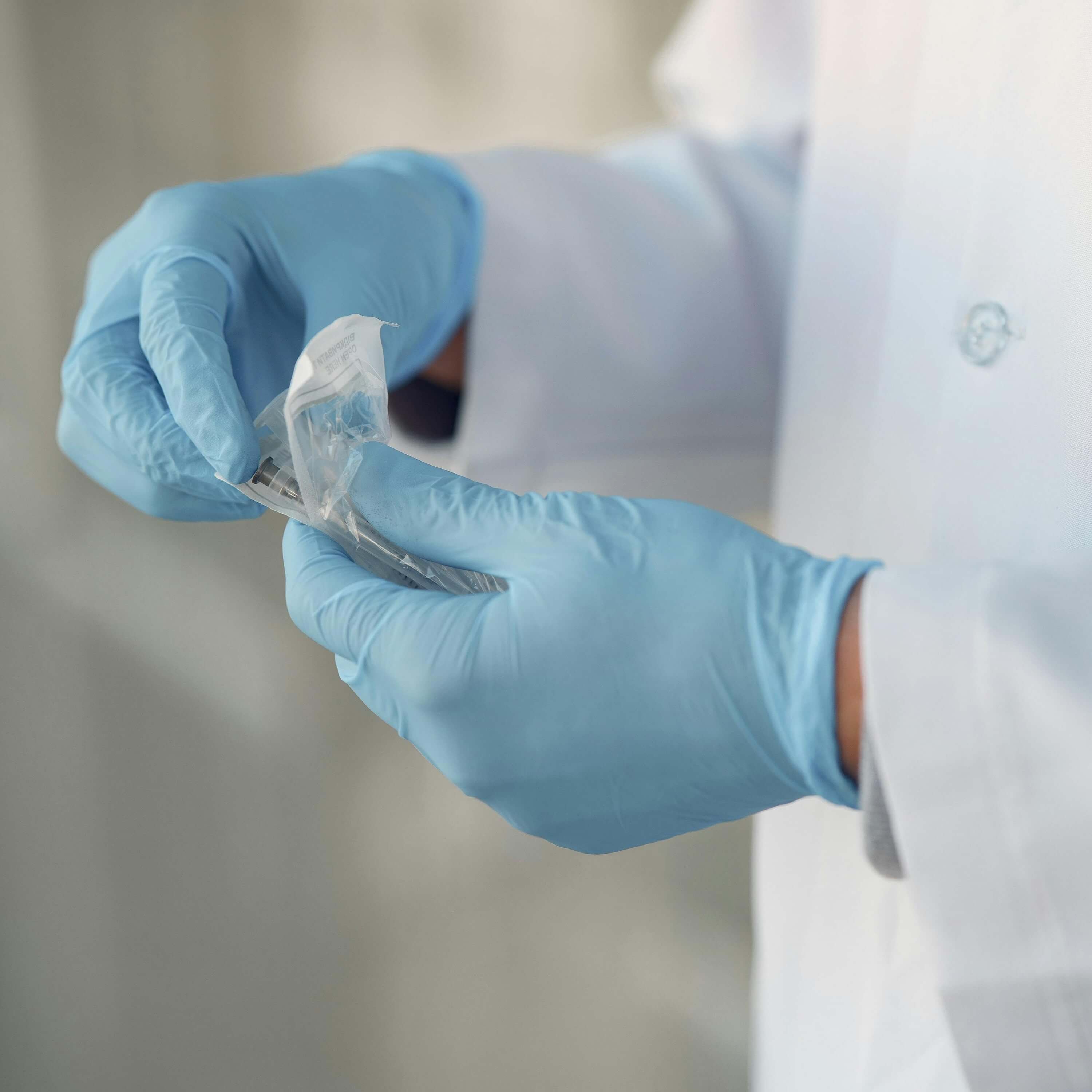
Disposable Gloves
When dealing with an injury that could expose you to bodily fluids or chemicals, disposable gloves can offer protection. Nitrile powder-free gloves are one of the best choices. Nitrile is tougher than vinyl, which can easily split, and it’s a material that’s more resistant to chemicals. As they’re latex-free this also makes them suitable if you’re allergic to latex.

Antiseptic Wipes
Antiseptic wipes can be used for cleaning and disinfecting wounds before applying any dressings. They contain solutions like alcohol or iodine, which help to reduce the risk of infection. They’re also useful for cleaning your hands before administering first aid, to maintain hygiene and prevent contamination.
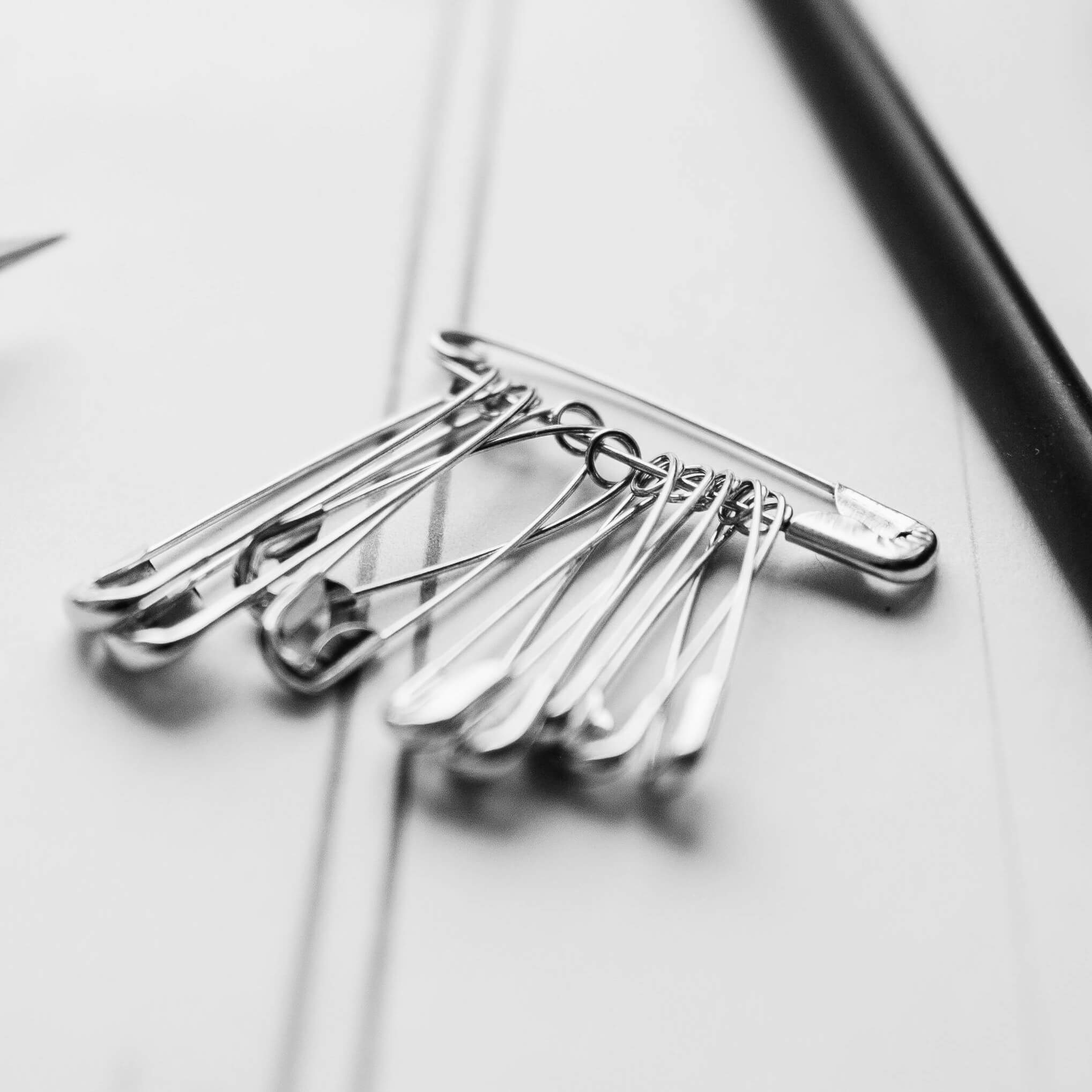
Safety Pins / Tape
Safety pins or tape can be helpful when it comes to securing dressings or bandages in place. Safety pins are particularly helpful when you're using gauze or pads that need to be fixed in a certain position. On the other hand, medical tape is versatile and perfect for holding dressings or bandages securely without causing discomfort.
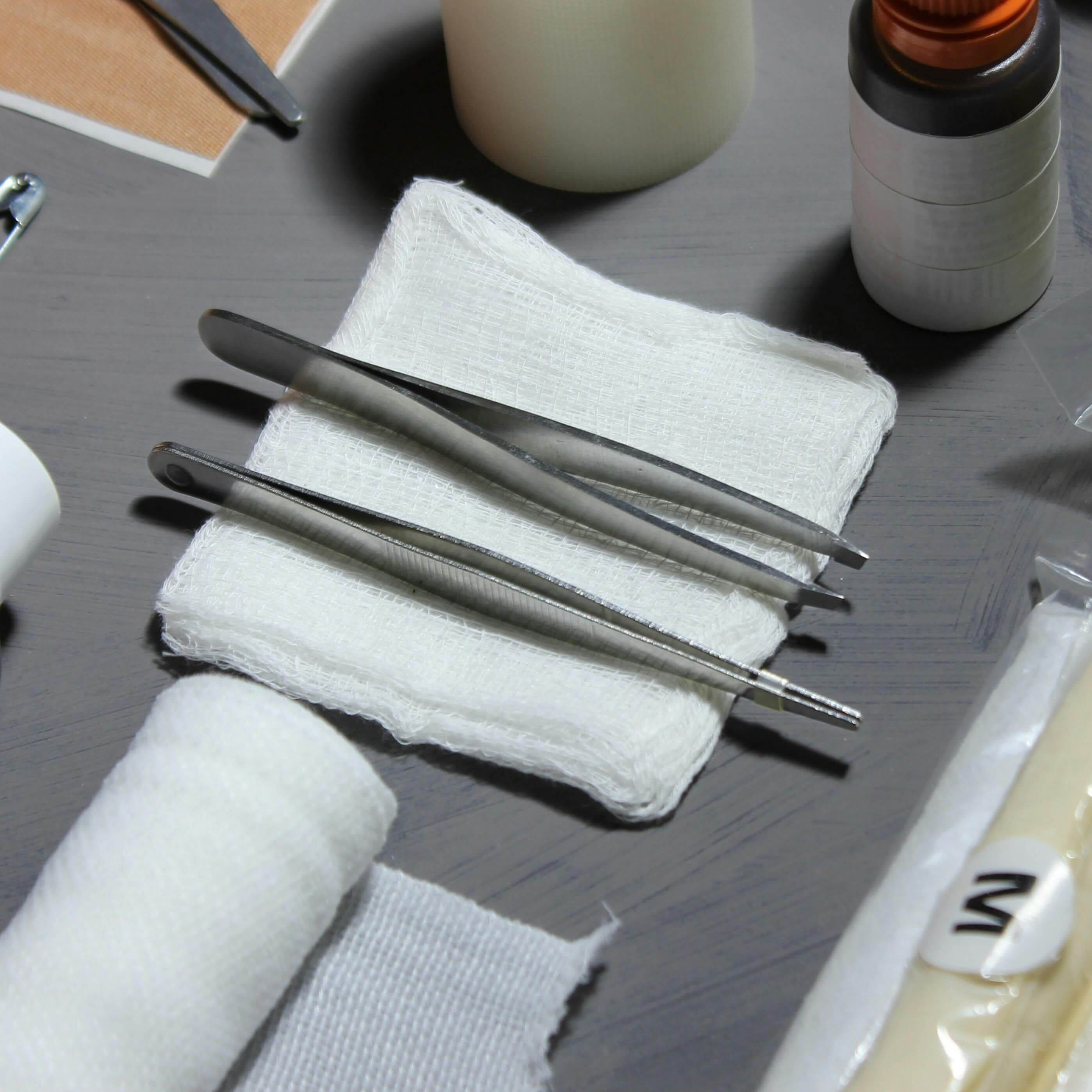
Eye Pads
Eye pads are important for protecting eye injuries or to cover a wounded or injured eye. They’re usually soft, sterile, and absorbent to help manage any bodily fluids. Eye pads can also help shield the eye from external debris and prevent further injury. In a first aid kit, it's good to have at least one sterile eye pad to address these types of injuries.
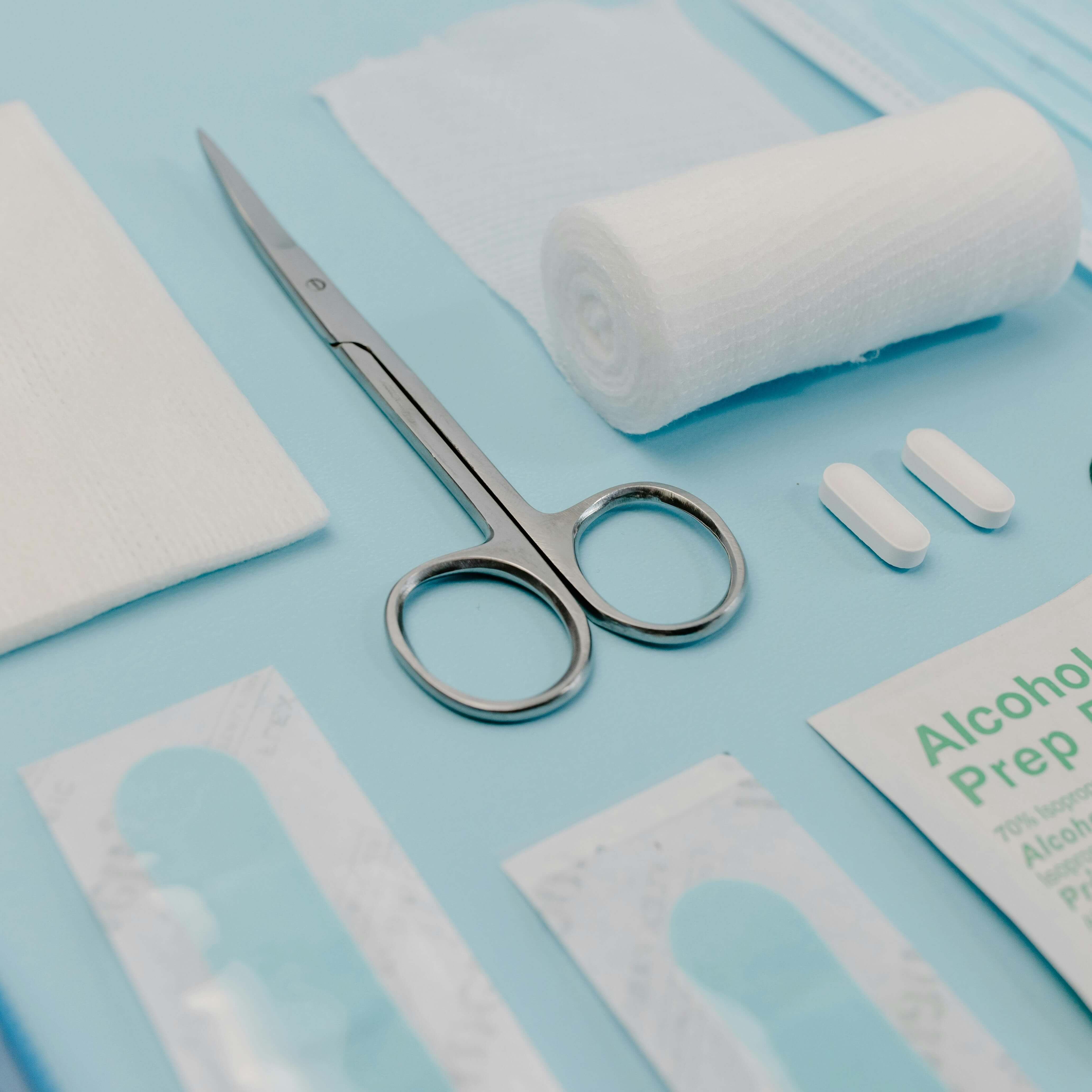
Scissors / Tweezers
Scissors and tweezers are common tools found in many first aid kits. Scissors are necessary for cutting tape, bandages, or gauze to the right size. They can also be used for cutting away clothing around an injury. Tweezers can be used to remove small foreign objects such as splinters or other types of debris.

